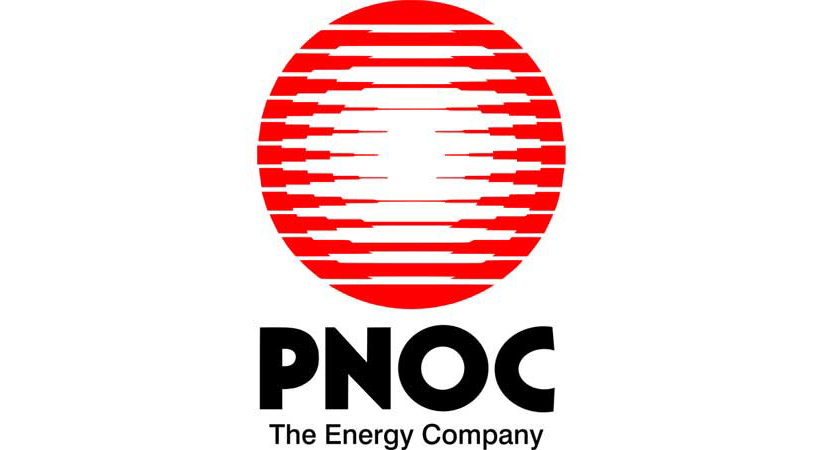PNOC-EC: Ph basins need to be well-studied to attract investors
- November 27, 2020
- 0

State-run PNOC Exploration Corporation (PNOC-EC) emphasized the importance of a well-crafted study of the Philippines’ 16 sedimentary basins to make these marketable for prospective investors.
PNOC-EC President Rozzano Briguez stressed in a recent forum the importance of geological and geophysical studies on the basins, saying these are pre-requisites to the government’s plan to entice future investors of oil and gas exploration in the country. He further pointed out that the study will serve as the foundation of the investors’ knowledge of the country’s energy resources.
The government-owned exploration firm has partnered with the Department of Energy and the University of the Philippines for the conduct of the ongoing study, which began with the Cagayan basin two years ago. There are also plans to expand the research to the Cotabato basin and in other areas.
Briguez said the study would take a long time to accomplish. Though he did not say when it would conclude, he believes it’s a good start nonetheless.
The basins cover an area of over 700,000 square kilometers. Aside from the Cagayan and Cotabato basins, there are the Ilocos Trough, Central Luzon basin, West Luzon basin, Mindoro-Cuyo basin, Bicol Shelf, Southeast Luzon basin, Northwest Palawan basin, Southwest Palawan basin, Sulu Sea basin, East Palawan basin, Reed Bank basin, West Masbate-Iloilo basin, Visayan basin, and Agusan-Davao basin.
The government earlier lifted the six-year moratorium on exploration activities in the West Philippine Sea. This allowed PNOC-EC and other similar companies to resume activities in the waters claimed by China, but clearly within the Philippines’ exclusive economic zone.